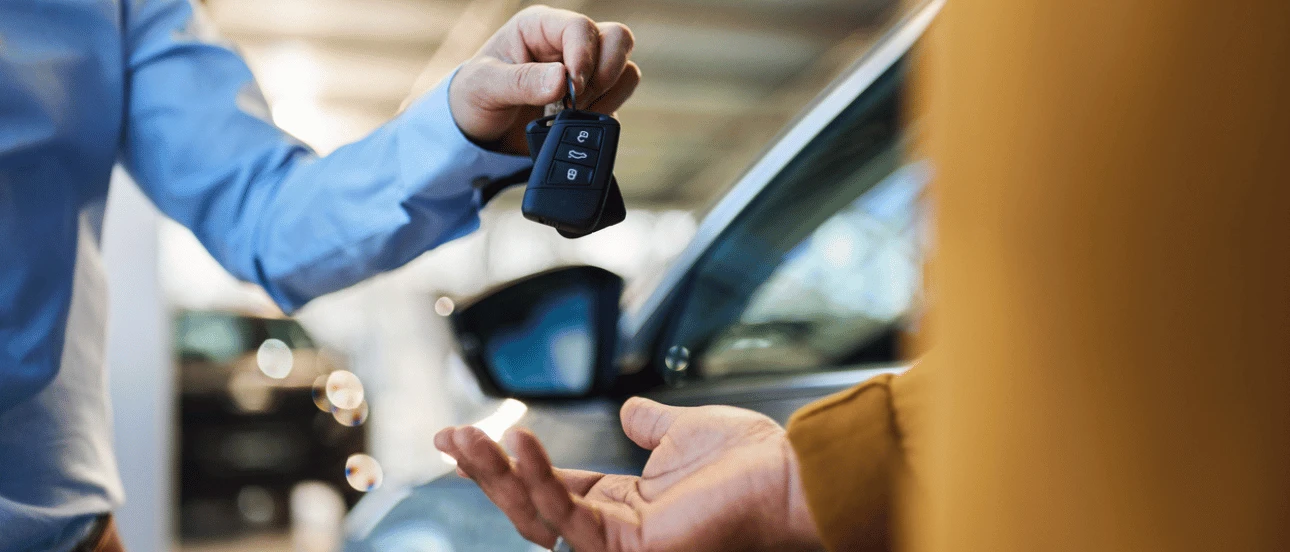What is a Youngtimer?
A youngtimer is a car that was first registered at least 15 years ago. Often, these are well-maintained business or luxury cars that are attractive to entrepreneurs for a lower additional tax rate.
What is the Youngtimer scheme?
The youngtimer scheme is a tax scheme of the tax authorities. You then pay 35% additional tax on the daily value instead of the original catalogue value. This makes older cars attractive for business drivers.
By comparison, younger cars have a standard 22% addition on the list value. That can make thousands of euros difference per year. The scheme is meant to keep older cars interesting for entrepreneurs as well.
What was ancillary tax again?
If you also use your business car privately (more than 500 km per year), you will have to deal with addition. For a regular (new) car, it is usually 22% of the catalogue value. That amount is added to your income, and you pay tax on it.
So for a youngtimer, a higher percentage applies (35%), but because it is over the much lower daily value, you are still cheaper in many cases.
Additional taxable benefit for Youngtimers
The advantage of a youngtimer is mainly in the lower basis: you pay additional tax on the daily value. Suppose you have a car that once cost €40,000 but is worth only €6,000 after 15 years. Then you pay 35% of €6,000 instead of 22% of €40,000. You will see the difference directly in your tax bill.
Example of additional taxable income for Youngtimer
In the example below, you can clearly see the difference between the additional tax liability of a younger car and a youngtimer. It immediately shows how much you can save annually.
| Car | Value | Addition rate | Addition per year |
| Car 5 years old (catalogue value €40,000) | € 40.000 | 22% | € 8.800 |
| Car 16 years old (daily value €6,000) | € 6.000 | 35% | € 2.100 |
The savings here are €6,700 a year. That makes the youngtimer scheme attractive, even taking into account additional maintenance costs.
Advantages of a youngtimer
Driving a youngtimer can give you many advantages as an entrepreneur. Not only do you benefit from a lower additional taxable benefit, but also from deductible expenses and the fact that the daily value is reassessed every year. This keeps it attractive, even with higher maintenance and consumption costs.
Low additional tax rate
The main reason for choosing a youngtimer is the low additional tax liability. Because you count on the daily value instead of the catalogue value, the annual costs are often a fraction of those for a newer car.
Deducting costs from profits
You can deduct all business expenses of your youngtimer, such as fuel, maintenance, insurance and depreciation, from your profit. This can further reduce your tax burden. You can read more about this in our article on [deduct business car expenses].
New addition each year
The daily value of a car decreases almost every year. As a result, your additional tax liability is constantly being redetermined and can continue to decrease every year. This benefit makes the scheme even more attractive in the long run.
Disadvantages of a youngtimer
The youngtimer scheme can give you considerable tax benefits, but there are also drawbacks to consider. Older cars often involve higher maintenance costs and tend to be less fuel-efficient than modern models. In addition, many youngtimers have higher emissions, which can affect your fuel costs and possibly future environmental regulations.
VAT correction youngtimer (margin scheme)
If you buy a youngtimer sold as a margin car, you cannot deduct VAT on the purchase price. However, you may reclaim the VAT on maintenance, repairs and fuel. This is called the VAT correction for margin cars. It is good to know this in advance, so there are no surprises on your tax return. Read more about this in our article on the margin scheme.
Buying a new car
Buying a youngtimer is more than just a smart tax choice. It also requires you to look critically at the condition of the car and the costs involved. Pay attention to things like maintenance history, mileage and available parts. Good preparation will prevent your tax advantage from being swallowed up by unexpected repairs.
Dear youngtimers
Some models are known as ideal youngtimers because they combine luxury, reliability and low daily value. Popular choices are:
- Volvo V70 - spacious, comfortable and very reliable, often favourably priced.
- BMW 5-series - luxurious and sporty, with powerful engines that will last for years to come.
- Mercedes E-Class - known for durability and comfort, ideal for long rides.
- Audi A6 - premium appearance, often fully equipped and attractive in the additional tax rate.
- Saab 9-5 - affordable, solid and distinctive in its own right.
Youngtimer leasing
Leasing is an option if you don't want to invest in a car yourself or fear high maintenance costs. With operational lease, you pay a fixed amount per month, including maintenance and insurance. Financial lease is more suitable if you want to eventually own the car. Both forms ensure that you benefit from the low additional tax rate, but run less risk.
Insurance
Insuring a youngtimer often requires customisation. Many insurers offer special youngtimer-insurance, often based on assessed value. This prevents you from being paid only the low market value in case of damage. It is wise to compare quotations, because the conditions differ between insurers. Pay extra attention to things like purpose of use (private/business), age of the driver and annual mileage.
Determining daily value
The current market value is the basis for your additional taxable value. You can have this value determined via an independent appraisal report or consult price lists of the ANWB or BOVAG. The tax authorities accept both methods, as long as the substantiation is clear. A current valuation can be beneficial if your car has been well maintained but still has a low market value.
Is the youngtimer scheme disappearing?
There are regular discussions about phasing out or adjusting the scheme. Critics point out that many youngtimers are less environmentally friendly because of their older engines. So far, major changes have failed to materialise.
The future
Until 2025, the scheme will remain unchanged. From 2026 onwards, the government is likely to further tighten or phase out the scheme to meet environmental targets. Possible changes include: increasing the addition percentage, narrowing which cars are eligible or abolishing it completely. It is smart to follow tax policy plans every year so that you can anticipate changes to the scheme in time.






